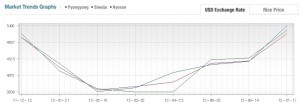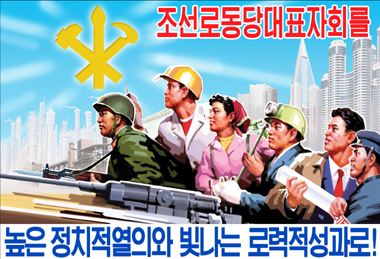Institute for Far Eastern Studies (IFES)
2012-9-27
North Korea is promoting new inventions and technologies with potential to influence the economy and improve the daily lives of the people.
As an extension of that effort, North Korea hosted the 12th National Exhibition of Invention and New Technologies. The KCNA reported on September 19, this exhibition was a meaningful event for promoting intellectual products.
Kim Young-gun, the Commissioner of the National Science and Technology Council said, “One important purpose of the exhibition was to encourage and provide a place for agreements, contracts, and sales between consumers and exhibitors of intellectual products on display.”
He explained, “As a preparatory step, two weeks prior to the exhibition day, we gathered and distributed product and technology proposal information nationwide. We also try to meet the domestic demands and promote distribution of products throughout the country.”
He boasted that the exhibition was a success with over 1,000 orders taken for intellectual products. He also commented that wide varieties of new inventions, with new technologies, were on display and contracts were signed for technology and product development and new inventions.
North Korea established intellectual product regulations with the intention to create an environment favorable for intellectual product distribution and to follow the current trend in science and technology of the international community. North Korea also has a patent and technical literature archives in operation.
North Korea emphasized that this exhibition well displayed the strength and wisdom of the North Korean people in the country’s attempt to rise as a science and technology powerhouse.
North Korea has filed two cases of international patents through the World Intellectual Property Organization (WIPO) this year. WIPO has confirmed that one of the patents filed this April was a cast iron welding rod structure used for industrial material while the other patent was still in the filing process and thus could not be disclosed to the public.
North Korea submitted three patent filings in 2007, seven in 2008, and four in 2011.
North Korea became a member of WIPO in 1974 and joined the WIPO Patent Cooperation Treaty (PCT) in 1980.


